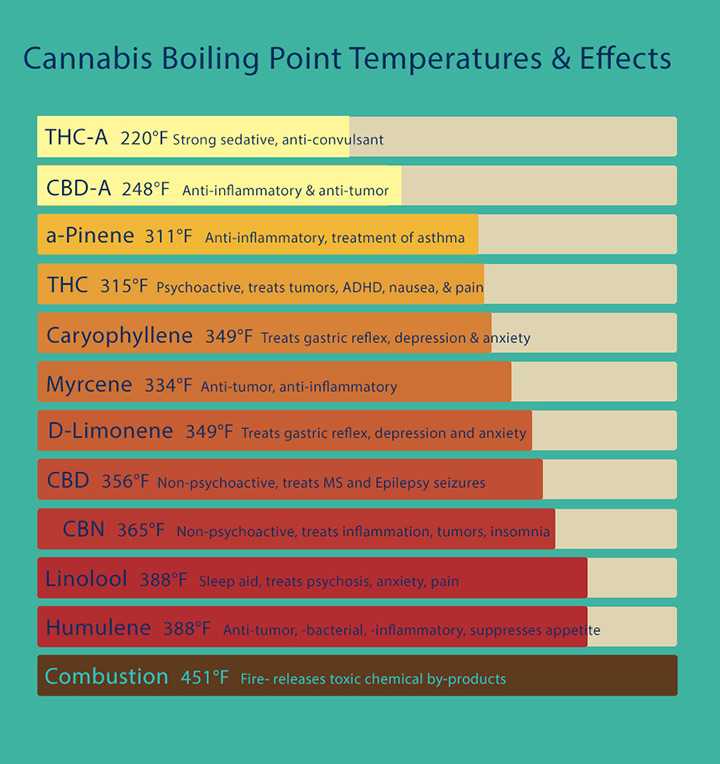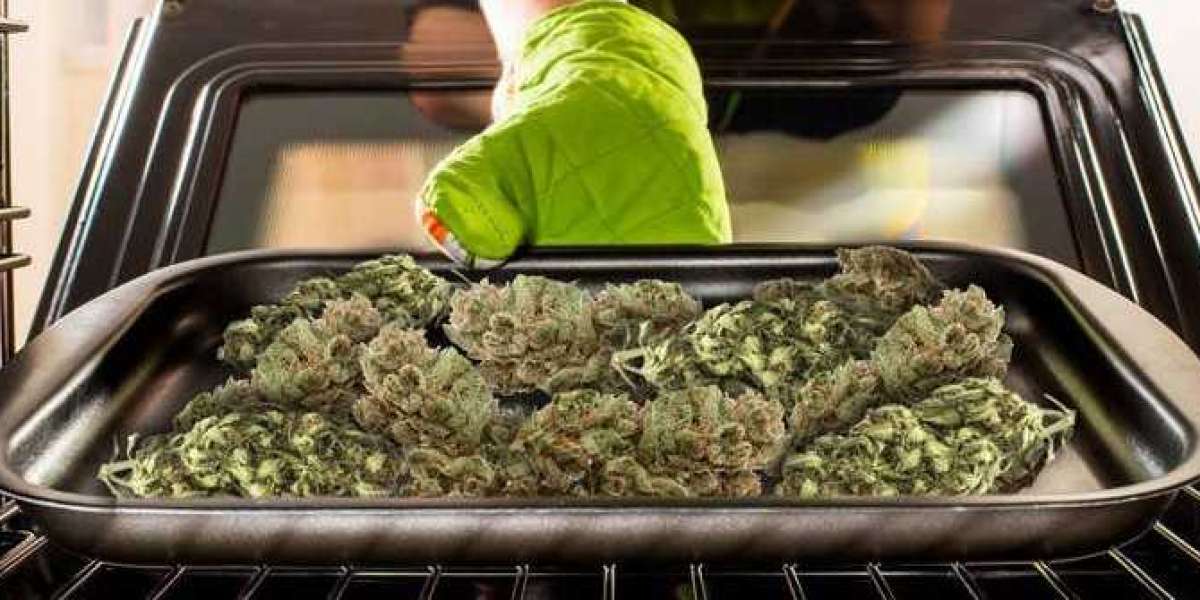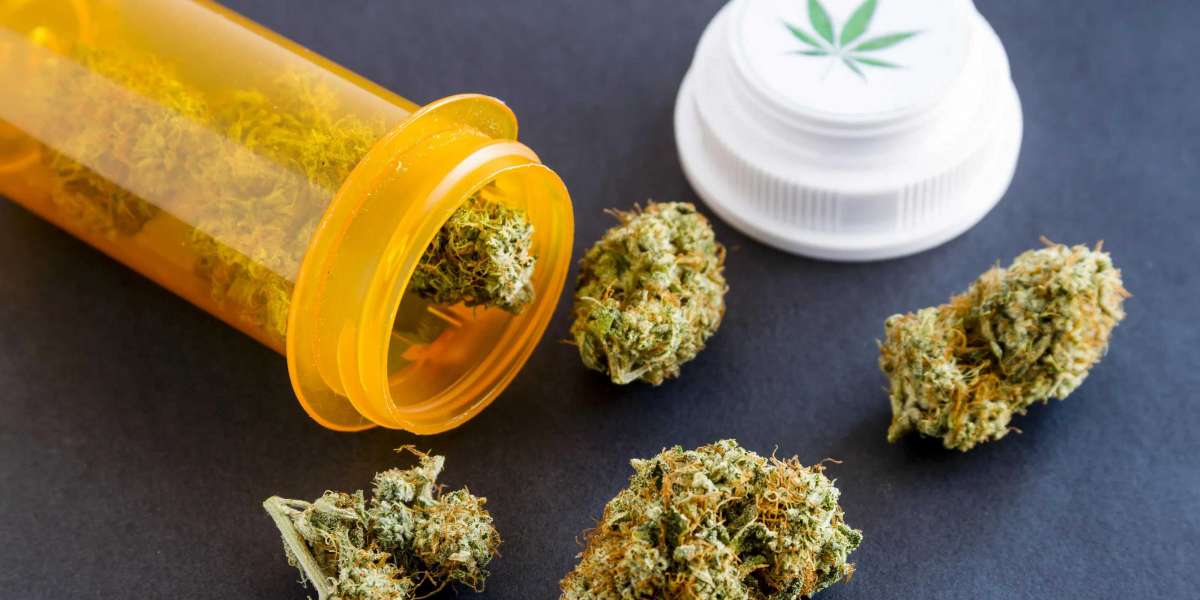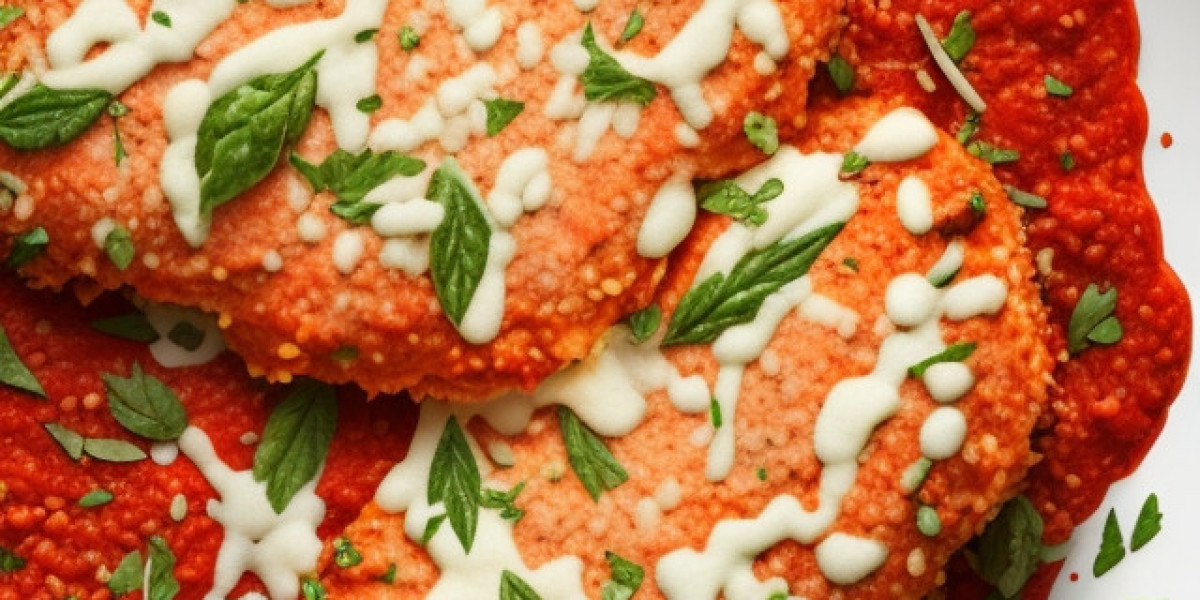Why would you want to decarboxylate your cannabis? Decarboxylation before making butter, milk, coconut oil or any other edibles it's important if you want to feel its effects. Every time you take a lighter to a joint or smoke a bowl out of your bong, you are taking part in the chemical process known as decarboxylation. However, decarboxylation doesn’t happen without the right temperature.
What is Decarboxylation
Decarboxylation is the process of conversion of THCa into THC. By removing a group of weak acids, THCa is turned into the psychoactive chemical THC. To get more specific, you are evacuating a “carboxyl gathering” from the acid type of THC. Hence the expression "decarboxylation". When you decarboxylate your weed carbon dioxide is released as a byproduct.
After you decarboxylate your weed, THC can bind more freely to the cannabinoid receptors in your brain. These receptors are found in you endocannabinoid system and bind with very specific chemicals, one of which is THC.
Natural Decarboxylation
Cannabis decarboxylates naturally over time and is caused by a variety of factors including oxygen, light, and heat. In nature, sun light In order to minimize potency loss, it is best to keep it in a cool, dark, dry place to keep it from speeding up the breakdown process.
Why Should I Decarboxylate My Cannabis?
Decarboxylation should always be done before using cannabis in methods where it doesn’t get heated, such as eating it or using topical lotions.
How Do I Decarboxylate Cannabis
To ensure that you get the most out of your cannabis, you need to heat it within specific parameters to facilitate the decarboxylation process. You must stay in between particular temperatures
- Preheat the oven to 220° F
- Break up your pot with a grinder, or blender for a bigger job. You are looking for just a little too coarse to roll a joint out of, while having a lot of surface area to allow for a better decarb.
- Put the bud in one layer on a rimmed baking sheet, covered in aluminum foil or in a canning jar, just make sure it isn’t wet. Seal the canning jar with lid and ring.ground-bud
- Bake the cannabis for 2 hours
- Keeping the cannabis as airtight as possible while heating will help any vapor to be absorbed by the marijuana instead of escaping into the air. One clever solution is using a canning jar. Just make sure it isn’t too crazy wet if you go this route. Using regular Aluminum foil on a baking sheet is ok if that is all you have available.
- Your house will smell like strong, delicious cannabis shortly after you put your container into the oven. Don’t be a jerk and do this around people who are sensitive to odors or would be disturbed. While the bud is cooking leave it be, you do not want to let out any steam.
Decarboxylation is complete when the cannabis is darker in color, a light to medium brown, and has dried out, remove the baking sheet and allow the cannabis to cool. It should be quite crumbly when handled. if you are using it for a cold style extraction right away, now is a great time to crumble your cannabis to a fine consistency for use in those recipes.
This will make your cold extraction a breeze, so you can be ready to make tinctures, salves, and anything else that doesn’t involve heat to make. Just make sure to stay in pretty strict temp ranges so you don’t turn all of the cannabinoids your want into vapor. All of the specific cannabinoids you are looking use and their boiling points are below, you would just want to achieve the boiling point not much more. Getting your cannabis hotter then this will risk degradation of your THC into CBN, a less psychoactive compound.

Source: https://cannabistutorials.com/decarboxylation/



